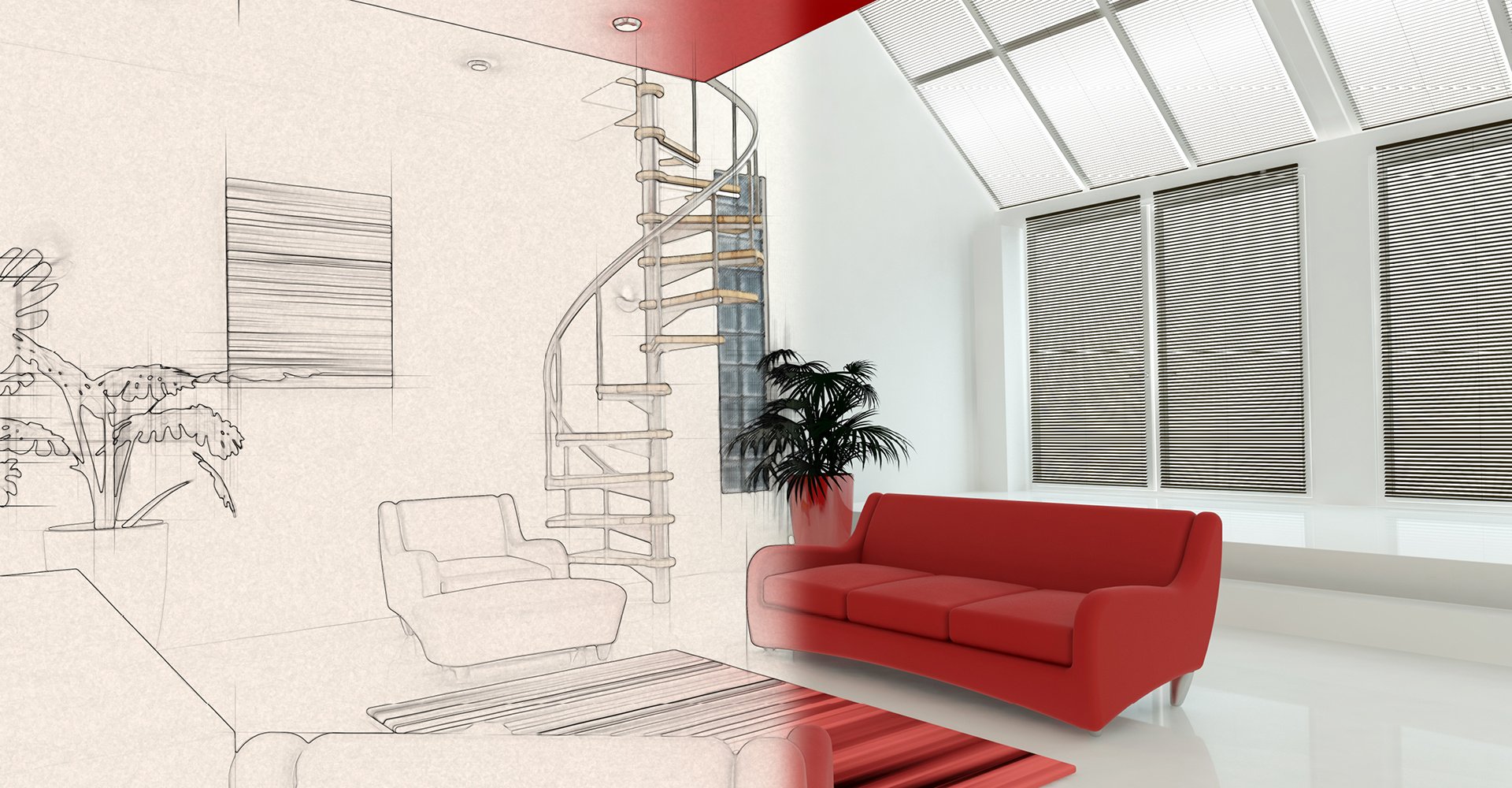
AI-powered tools in 3D rendering: Transforming the design landscape
Published by Admin on
May 5, 2025 8:00:00 AM
In the ever-evolving world of 3D design, the rise of artificial intelligence (AI) has created exciting possibilities. AI-powered tools are not just enhancing efficiency but are also pushing the boundaries of creativity and realism in 3D rendering. With new advancements emerging regularly, these tools are quickly becoming indispensable for architects, interior designers, and visual artists looking to streamline workflows and elevate the quality of their work.
This blog explores some of the most popular AI-powered tools currently transforming the landscape of 3D rendering, offering a glimpse into how they are shaping the future of architectural visualisation and design.

The power of AI in 3D rendering
Before delving into specific tools, it's important to understand how AI is making its mark in the field of 3D rendering. AI-driven solutions use machine learning algorithms to automate time-consuming tasks, enhance the quality of renders, and even predict and adapt design outcomes based on user input. This level of automation allows designers to focus more on creative direction rather than repetitive technical processes.
Whether it’s generating realistic textures, improving lighting, or optimising the entire rendering pipeline, AI tools are enhancing not only the quality of the final product but also the speed at which designers can achieve their vision. The result? A dramatic shift in how 3D rendering is approached, with AI acting as both a time-saver and a creative collaborator.

Popular AI tools for 3D rendering
Several AI-powered tools are currently making waves in the 3D rendering and architectural visualisation industries. Let’s explore some of the most notable names that are driving this transformation.
Lumion AI
Lumion has long been a go-to tool for 3D visualisation, but its integration of AI in recent updates has taken its capabilities to new heights. Lumion AI features advanced real-time rendering that uses machine learning to enhance various aspects of a scene. One of its most notable features is the AI-powered ‘Sky’ tool, which automatically adjusts the lighting and weather conditions to suit the desired time of day, creating more realistic environmental effects in seconds.
Furthermore, Lumion’s AI-powered effects like Depth of Field, Cloud, and Reflection are designed to refine your renders with minimal user input. These tools allow designers to experiment with different aesthetics, knowing that the AI will automatically adjust elements to ensure the result looks polished.

Enscape
Enscape is another popular 3D rendering plugin that integrates AI to elevate architectural visualisation. With its real-time rendering capabilities, Enscape enables designers to visualise their projects in an immersive, VR-ready environment. What sets Enscape apart is its ability to harness AI to simulate natural lighting and shadows, creating more realistic visualisations in seconds.
One of the standout features of Enscape is its use of AI in automatic material editing. As users make changes to the material of a surface, the AI algorithms predict how these adjustments will affect the lighting and surface interaction, ensuring that the final render is always in line with the intended look and feel. This feature simplifies the process of material creation, giving designers more control over their outputs with less effort.

D5 Render
D5 Render is an AI-powered visualisation tool that’s been gaining traction for its ability to produce photorealistic renders with ease. Leveraging the power of AI, D5 Render enhances the rendering process with features like real-time global illumination, AI-enhanced denoising, and automatic camera exposure. These tools make it easier than ever to create stunning visuals without requiring extensive technical knowledge or hours of manual adjustment.
One of the key features that stand out is its use of AI to improve the texture and material quality of objects in a scene. D5 Render’s AI technology automatically applies detailed textures, optimising the appearance of surfaces such as wood, stone, and metal without requiring time-consuming manual intervention.

Chaos V-Ray
Chaos V-Ray is a powerhouse in the 3D rendering industry, known for its unmatched realism and performance. With the addition of AI tools, V-Ray has become even more efficient. The V-Ray Denoiser, for instance, uses machine learning to quickly remove noise from renders, reducing the need for lengthy render times.
Additionally, V-Ray’s AI-powered features like the Adaptive Sampling System (ASS) help streamline the rendering process by adjusting the level of detail based on the complexity of a scene. This makes V-Ray particularly efficient for large-scale architectural visualisation projects where time is of the essence.

NVIDIA Omniverse
NVIDIA’s Omniverse™ platform brings AI-driven collaborative design and simulation into the realm of 3D rendering. Built for professionals working across multiple industries, Omniverse allows designers, engineers, and artists to collaborate in real-time within a shared virtual environment.
The platform incorporates AI tools to enhance various aspects of the rendering process, from optimising lighting and shadows to simulating realistic physics and materials. Omniverse uses AI-powered denoising and ray tracing features to produce lifelike renders at impressive speeds, which is a game-changer for large-scale 3D projects that require precision and efficiency.

The future of AI in 3D rendering
AI-powered tools are not just here to stay – they are reshaping the very way we approach 3D rendering and visualisation. As the technology continues to evolve, we can expect even more intelligent automation, improved realism, and faster workflows. In the coming years, AI may enable fully autonomous rendering, where AI systems predict and adjust every aspect of a design based on the user’s input, effectively eliminating the need for manual intervention.
For now, however, these tools provide a powerful combination of speed and creativity, offering new possibilities for designers and visualisation professionals to push the boundaries of their craft. From enhancing realism to automating complex tasks, AI is a true game-changer in the world of 3D rendering.
Whether you’re looking to streamline your workflow, improve render quality, or experiment with new design possibilities, incorporating AI into your 3D rendering process is a surefire way to stay ahead of the curve and unlock new creative potential.